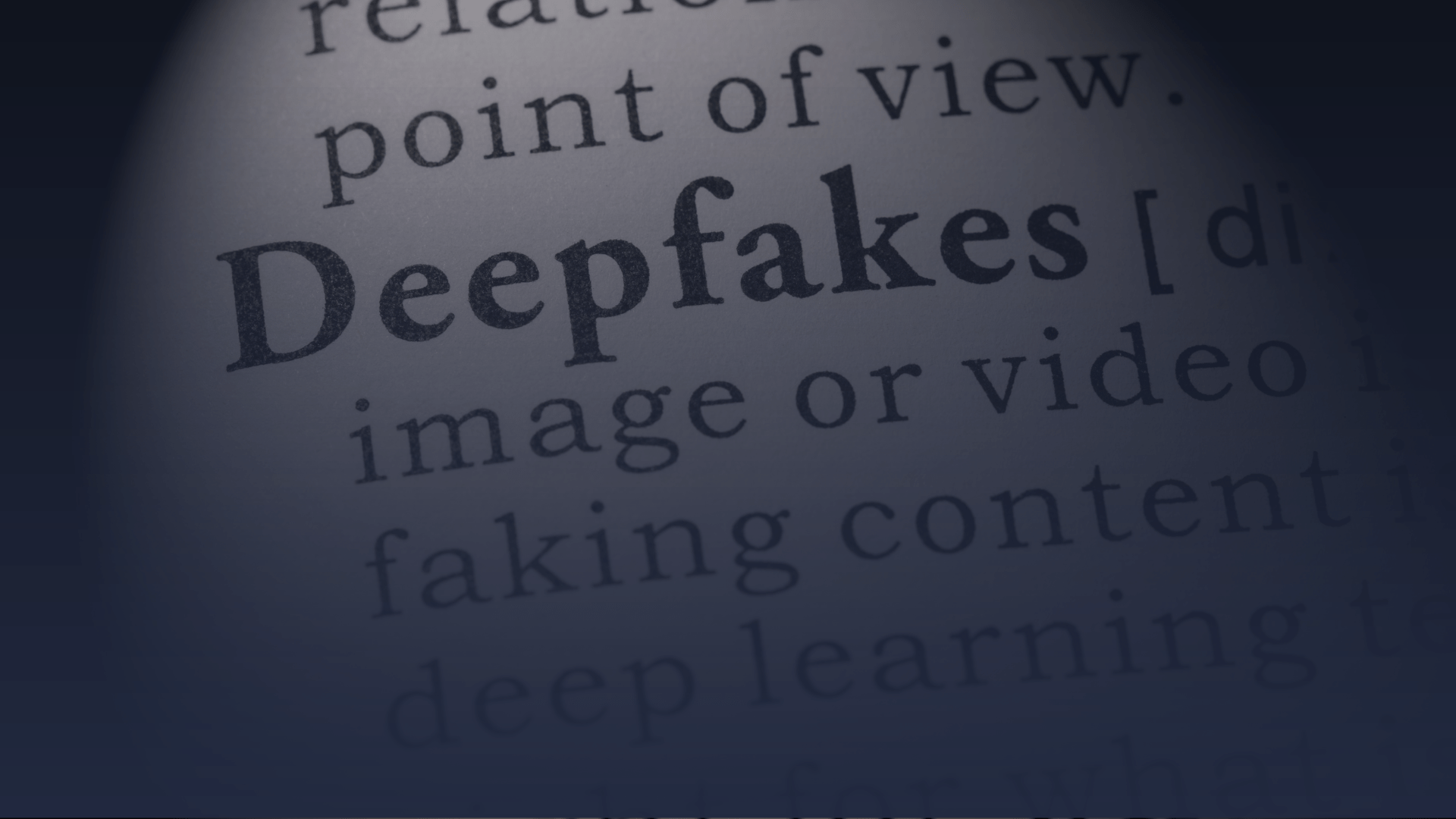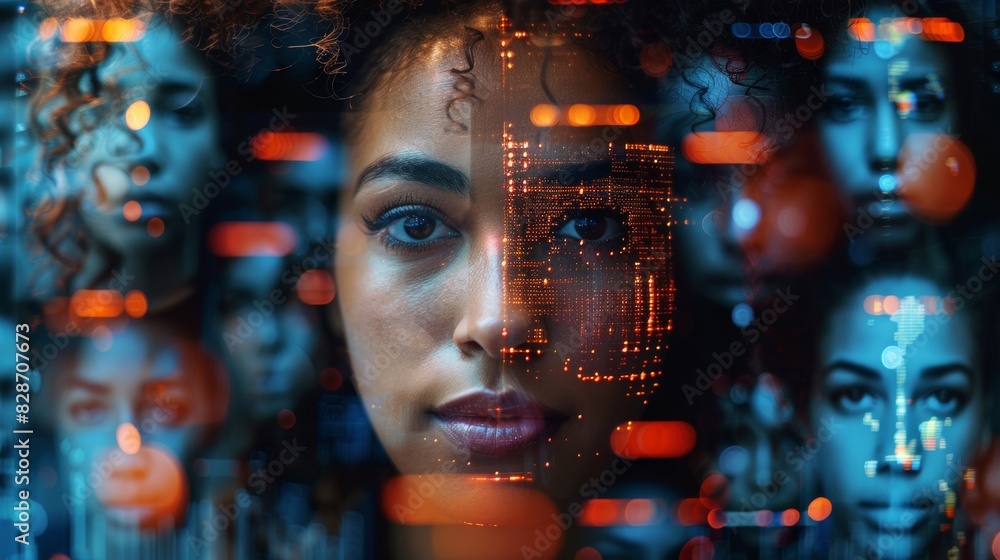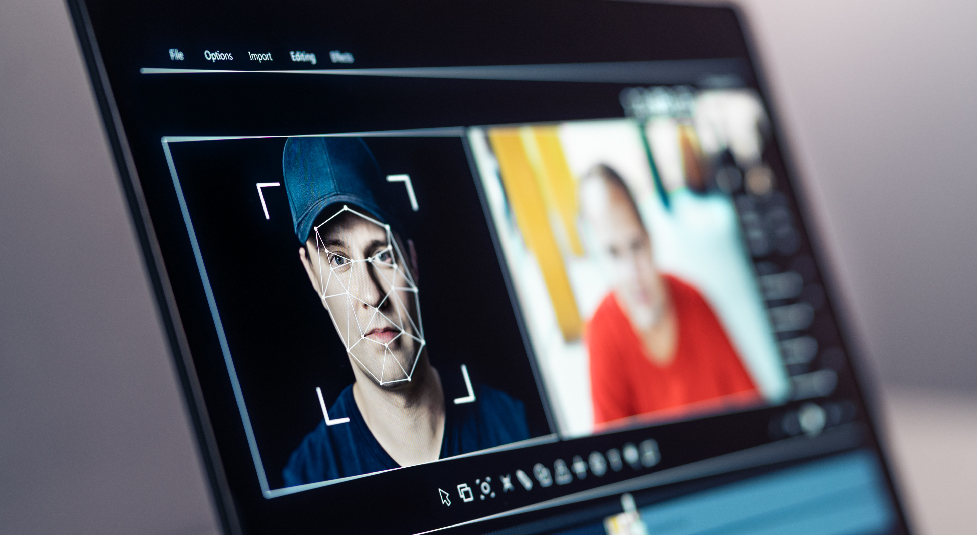Let's talk about something that’s blowing up the internet: Kpop deepfakes. Yeah, you heard me right. These aren’t just regular videos or edits; they’re hyper-realistic digital creations that are shaking up the entertainment world. If you’ve been scrolling through social media, chances are you’ve come across one of these deepfake clips featuring your favorite Kpop idols. But what exactly are they, and why are they such a big deal? Let’s dive in and find out.
Deepfakes have been around for a while now, but their connection to Kpop is relatively new—and trust me, it’s wild. From virtual performances to AI-generated music videos, this technology is changing how fans interact with their favorite artists. It’s not all fun and games, though. There’s a darker side to this phenomenon that we need to explore. So buckle up, because we’re about to take a deep dive into the world of Kpop deepfakes.
Now, before we go any further, let’s clarify why this matters. Kpop isn’t just music; it’s a global cultural movement. And when you mix that with cutting-edge technology like deepfakes, things get interesting—and sometimes controversial. Whether you’re a casual listener or a hardcore stan, understanding this trend is crucial if you want to stay ahead of the game.
Read also:Exclusive Insights Into The Phenomenon No Me Pises Pa Video Completo Whats The Hype All About
What Exactly Are Kpop Deepfakes?
First things first, what even is a deepfake? Simply put, it’s a piece of media—usually a video or image—that uses AI technology to manipulate someone’s appearance or voice. In the context of Kpop, deepfakes often involve creating realistic-looking videos of idols doing things they never actually did. Think of it as digital cosplay on steroids.
Here’s the kicker: these deepfakes are so advanced that it’s almost impossible to tell what’s real and what’s not. The tech behind them has come a long way, and now we’re seeing everything from AI-generated dance routines to entirely fabricated interviews. It’s a mind-blowing blend of art and science.
How Do Kpop Deepfakes Work?
So how do these magical (and sometimes creepy) videos come to life? Well, it all starts with artificial intelligence. Developers use machine learning algorithms to analyze tons of footage of Kpop idols. Then, they teach the AI to replicate their movements, expressions, and even voices. Once the AI knows what it’s doing, it can generate new content that looks eerily similar to the real thing.
Let’s break it down step by step:
- Collect data: Gather loads of videos, photos, and audio clips of the idol.
- Train the AI: Teach the algorithm to recognize patterns in their behavior and appearance.
- Create the deepfake: Use the trained model to generate new content that mimics the idol.
It’s like giving a robot superpowers to impersonate your favorite star. Cool, right? But also kind of scary if you think about it too much.
The Rise of Kpop Deepfakes
Now that we know what Kpop deepfakes are, let’s talk about why they’ve become such a massive deal. Over the past few years, the popularity of Kpop has exploded worldwide. And where there’s demand, there’s innovation. Fans are hungry for more content, and deepfakes offer a way to satisfy that craving without waiting for official releases.
Read also:Carol Burnett A Tribute To Her Life And Legacy
But it’s not just about filling the content gap. Deepfakes also give creators a chance to experiment with new ideas. Imagine seeing your favorite group perform a mashup of their biggest hits—or even collaborating with artists from different eras. The possibilities are endless, and fans are eating it up.
Why Are Fans Obsessed?
Fans love deepfakes for a bunch of reasons. For starters, they’re just plain entertaining. Who wouldn’t want to see BTS doing a synchronized dance routine with Blackpink? But beyond the novelty factor, deepfakes also provide a sense of connection. They allow fans to engage with their idols in ways that weren’t possible before.
Plus, let’s be honest—deepfakes are just plain cool. They push the boundaries of what we think is possible with technology, and that’s always exciting. Whether you’re into music, art, or tech, there’s something for everyone in the world of Kpop deepfakes.
Is It All Fun and Games?
Not exactly. While deepfakes have their charm, they also come with some serious ethical concerns. One of the biggest issues is consent. These videos often feature idols doing things they didn’t agree to—or even know about. And that raises questions about privacy, ownership, and accountability.
Then there’s the potential for misuse. Deepfakes can be weaponized to spread misinformation, harass individuals, or damage reputations. In the wrong hands, this technology could cause real harm. That’s why it’s important to approach Kpop deepfakes with caution—and a healthy dose of skepticism.
Addressing the Ethical Dilemma
So how do we balance innovation with responsibility? It’s a tricky question, but one that needs to be answered. Some experts suggest implementing stricter regulations around deepfake creation and distribution. Others argue that education is key—teaching people to critically evaluate the media they consume.
Ultimately, it comes down to respect. Creators need to consider the impact of their work and make sure they’re not crossing any lines. And as consumers, we need to be mindful of where our content comes from and how it might affect others.
The Impact on the Music Industry
Kpop deepfakes aren’t just a fan phenomenon—they’re having a real impact on the music industry as a whole. Labels are starting to take notice of this trend, and some are even experimenting with deepfake technology themselves. Imagine a world where AI-generated content becomes a regular part of an artist’s promotional strategy. Sounds crazy, right? But it’s already happening.
Of course, not everyone is on board with this idea. Traditionalists worry that deepfakes will dilute the authenticity of music and performance. Others fear that relying too heavily on AI could lead to job losses in the industry. It’s a complex issue with no easy answers.
Can Deepfakes Coexist with Traditional Music?
Here’s the thing: technology isn’t going anywhere. If anything, it’s going to become even more integrated into our lives—including the world of music. So instead of resisting change, maybe we should focus on finding ways to make it work for everyone.
For example, labels could use deepfakes to enhance live performances or create interactive experiences for fans. They could also partner with creators to produce high-quality content that benefits both parties. The key is to strike a balance between innovation and tradition—and to always prioritize the artists themselves.
The Future of Kpop Deepfakes
So where do we go from here? As the technology continues to evolve, we can expect to see even more impressive—and possibly controversial—deepfakes in the future. Some experts predict that AI-generated content will become indistinguishable from the real thing within the next few years. Others believe that new detection tools will help us stay one step ahead of the fakes.
One thing’s for sure: the world of Kpop deepfakes isn’t slowing down anytime soon. And as fans, creators, and industry professionals, we all have a role to play in shaping its future. Will we embrace this digital phenomenon, or will we try to hold onto the past? Only time will tell.
Predictions for the Next Decade
Looking ahead, here are a few predictions for the world of Kpop deepfakes:
- Increased collaboration between AI developers and music labels.
- More emphasis on ethical guidelines and regulations.
- Advancements in detection technology to combat misuse.
- Growing acceptance of AI-generated content as a legitimate art form.
It’s a brave new world, folks. And whether you love it or hate it, you can’t deny that it’s fascinating.
How to Spot a Deepfake
Okay, so we’ve talked about the pros and cons of Kpop deepfakes, but how do you actually tell if something’s real or fake? Here are a few tips to help you spot a deepfake:
- Look for inconsistencies in facial expressions or body movements.
- Check for unnatural lighting or shadows.
- Listen carefully for audio glitches or mismatched lip-syncing.
- Research the source of the content to verify its authenticity.
Remember, deepfakes are designed to fool us, so these signs might not always be obvious. But staying vigilant is the first step in protecting yourself—and others—from potential harm.
Final Thoughts
Let’s recap what we’ve learned today. Kpop deepfakes are a groundbreaking phenomenon that’s changing the way we interact with music and entertainment. They offer endless possibilities for creativity and innovation, but they also come with their fair share of challenges. From ethical concerns to industry disruption, there’s a lot to unpack when it comes to this digital trend.
So what’s next? Well, that’s up to all of us. As fans, creators, and consumers, we have the power to shape the future of Kpop deepfakes. Will we choose to use this technology responsibly, or will we let it spiral out of control? Only time will tell.
And hey, don’t forget to leave a comment and share your thoughts on this topic. What’s your take on Kpop deepfakes? Love ‘em or hate ‘em? Let’s start a conversation. After all, the best part of any story is hearing what other people have to say.
Table of Contents
- Unmasking Kpop Deepfakes: A Closer Look at the Digital Phenomenon
- What Exactly Are Kpop Deepfakes?
- How Do Kpop Deepfakes Work?
- The Rise of Kpop Deepfakes
- Why Are Fans Obsessed?
- Is It All Fun and Games?
- Addressing the Ethical Dilemma
- The Impact on the Music Industry
- Can Deepfakes Coexist with Traditional Music?
- The Future of Kpop Deepfakes
- Predictions for the Next Decade
- How to Spot a Deepfake
- Final Thoughts


